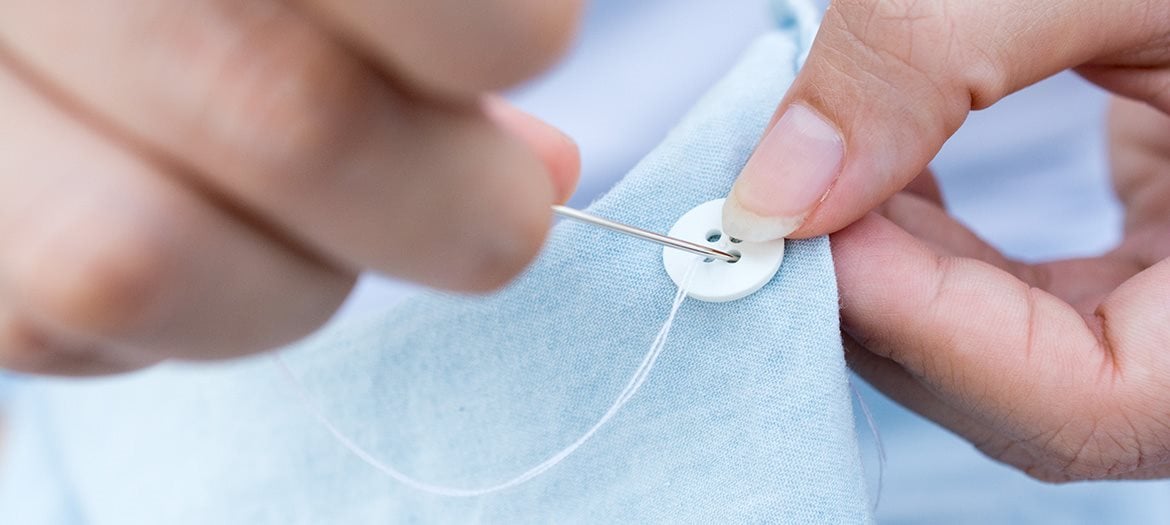Backing Buttons - 18L / 11.5mm - 1 Gross - 4-Hole - Clear
| {{resource("/Shared/Label/QuantityTable/Qty")}} |
{{volumePrice.Quantity}}+ {{resource("/Shared/Label/QuantityTable/Each")}}
{{volumePrice.Quantity}}+
|
|---|---|
| {{resource("/Shared/Label/QuantityTable/Price")}} | ${{volumePrice.Price.Amount | toDisplayFormat}} |
| {{resource("/Shared/Label/QuantityTable/Save")}} |
—
{{volumePrice.Save | toDisplayFormat}}%
|
{{format(resource('/ProductPage/Labels/SoldInIncrementOf'),displayVariant.SoldInIncrements)}}
{{format(resource("/ProductPage/Labels/MinimumOrderQuantity"),displayVariant.MinimumOrderQuantity)}}
What Size Backing Button Should I Use?To choose a backing button for stabilizing a larger button, reference the button that you plan to use on the outside of the garment—you’ll want to choose a backing button with the same number of holes that is the same size or slightly smaller than the original button. For an actual-size reference to help you visualize button sizes, see our Button Size Chart below. If you have any questions, don’t hesitate to contact us! |

Using Backing Buttons
Use a Backing Button to hold larger buttons secure, especially for less structured fabrics, open-weave fabrics, leather, and knitted materials. Using a backing button on the wrong side of the fabric directly behind the larger button provides additional stability and prevents the button from coming loose. This is a great method to use when attaching buttons to cardigans, coats, skirts, leather, and more. These clear, flat buttons are designed to blend in, making them also applicable for hidden button applications like concealed button plackets or a French fly for dress pants. Backing Buttons are available in a range of sizes.

